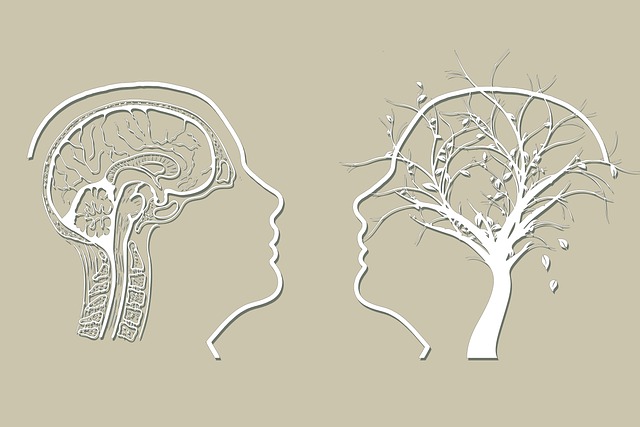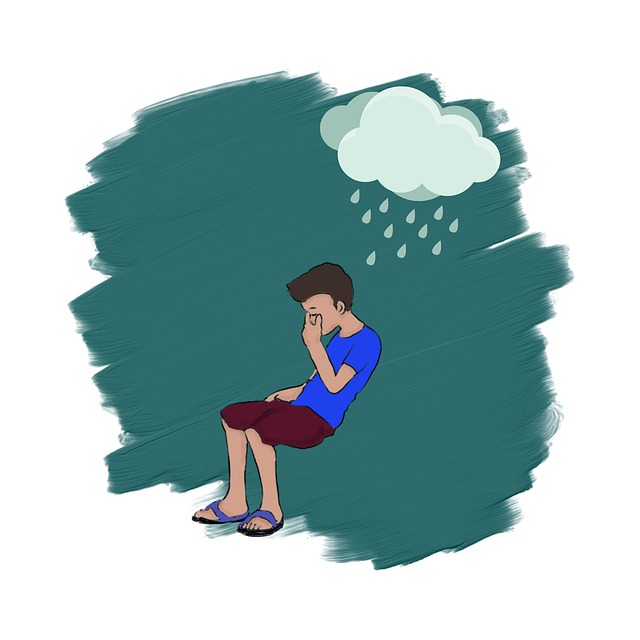Understanding group dynamics is vital for facilitators aiming to create safe, supportive environments in mental wellness groups, especially using techniques like Lakewood Somatic Experiencing (SE) Therapy. Empathy building and compassion cultivation practices are key tools to foster trust and open communication. This innovative therapy recognizes the mind-body connection, helping individuals process repressed emotions through body-oriented practices. Effective facilitation involves structured activities, clear guidelines, and normalizing mental health support. Group therapy sessions encourage peer empathy, conflict resolution, and resilience building, transforming emotional landscapes. Active participation techniques like open discussions and visualizations promote meaningful interactions, enhancing LSET's effectiveness. Cultural competency training is crucial for diverse groups, ensuring respect and ownership over mental wellness journeys.
Mental wellness group facilitation is an art that leverages the power of collective healing. This article explores proven techniques, focusing on the unique approach of Lakewood Somatic Experiencing Therapy (LSET), a holistic method enhancing mental health support. We’ll delve into understanding group dynamics for effective leadership, creating safe spaces, fostering self-awareness and empathy, and encouraging active participation. By implementing these strategies, facilitators can revolutionize mental wellness group sessions, making them vibrant and impactful.
- Understanding Group Dynamics for Effective Facilitation
- Lakewood Somatic Experiencing Therapy: A Unique Approach to Mental Wellness
- Building a Safe and Supportive Environment
- Facilitating Deepen Self-Awareness and Empathy Among Participants
- Techniques for Encouraging Active Engagement and Participation
Understanding Group Dynamics for Effective Facilitation

Understanding group dynamics is a cornerstone for facilitators aiming to create a safe and supportive environment for mental wellness. In a group setting like those facilitated by Lakewood Somatic Experiencing Therapy, each individual brings unique experiences and perspectives, forming complex interactions that can either foster growth or hinder progress. Facilitators must be adept at reading these dynamics, sensing subtle cues from participants, and responding in real-time to navigate potential conflicts or silences.
Empathy Building Strategies and Compassion Cultivation Practices play a pivotal role in cultivating a strong group bond. By fostering an atmosphere of acceptance and understanding, facilitators encourage open communication and create a safe space for individuals to share their experiences without fear of judgment. This, in turn, promotes trust among members, allowing them to support and learn from each other’s journeys towards anxiety relief.
Lakewood Somatic Experiencing Therapy: A Unique Approach to Mental Wellness

Lakewood Somatic Experiencing Therapy (SE) offers a unique and innovative approach to mental wellness, focusing on the profound connection between the mind and body. This therapy technique recognizes that emotional healing is inextricably linked to physical sensations and responses. By incorporating body-oriented practices, SE facilitates a deeper understanding of traumatic or stressful events, allowing individuals to process and release repressed emotions.
The facilitators of Lakewood SE use specialized communication strategies to guide clients through this journey of self-discovery. They encourage clients to pay attention to their bodily reactions, helping them identify and express the underlying feelings associated with specific memories or triggers. This method not only aids in stress reduction methods but also empowers individuals to develop a stronger sense of self-awareness and resilience. The Community Outreach Program Implementation within Lakewood SE further ensures accessibility to these transformative therapies for diverse communities.
Building a Safe and Supportive Environment

Creating a safe and supportive environment is paramount when facilitating mental wellness groups, especially when employing therapeutic techniques like Lakewood Somatic Experiencing Therapy (SE). This approach prioritises building trust and fostering an atmosphere where participants feel seen, heard, and understood. By cultivating empathy and active listening within the group dynamic, facilitators can encourage members to share their experiences openly, acknowledging that emotional healing processes are highly individual.
The goal is to ensure every member feels valued and supported in their journey towards positive thinking and personal growth. This inclusive space can be cultivated through structured activities, clear communication guidelines, and ground rules established at the outset. Public awareness campaigns development around mental health can also contribute to creating a culture where seeking help is normalized, further enhancing the overall effectiveness of group facilitation techniques like SE therapy.
Facilitating Deepen Self-Awareness and Empathy Among Participants

Facilitating group therapy sessions is an art that empowers individuals to cultivate deeper self-awareness and empathy among their peers. This process, akin to Lakewood Somatic Experiencing Therapy, encourages participants to explore their emotions and thoughts in a safe, supportive environment. Through engaging activities and guided discussions, facilitators can help members recognize and validate each other’s experiences, fostering a sense of belonging and understanding.
In such settings, Conflict Resolution Techniques often emerge naturally as individuals learn to navigate differences and find common ground. By encouraging open communication and active listening, facilitators not only aid in reducing the Mental Illness Stigma Reduction Efforts but also equip participants with valuable skills for burnout prevention strategies, commonly faced by healthcare providers. This supportive network enables members to build resilience and offer mutual support, ultimately enhancing overall mental wellness.
Techniques for Encouraging Active Engagement and Participation

Encouraging active engagement and participation within a mental wellness group setting is an art that facilitators must master to create a safe and supportive environment. Techniques such as open-ended questions, round-robin discussions, and guided visualizations can foster meaningful interactions. For instance, asking participants to share their experiences related to a specific topic, like stress management, allows them to actively contribute and learn from one another. This peer-to-peer approach is particularly effective in promoting Lakewood Somatic Experiencing Therapy (LSET), where group members can offer unique insights into each other’s healing processes.
Cultural competency training for healthcare providers plays a significant role in facilitating diverse groups, ensuring that every individual feels heard and respected. By incorporating techniques that promote inner strength development and resilience building, facilitators can empower participants to take ownership of their mental wellness journeys. This not only enhances engagement but also fosters a sense of community where members support and inspire one another to overcome challenges.
Group facilitation techniques, such as Lakewood Somatic Experiencing Therapy, can profoundly enhance mental wellness. By understanding group dynamics, creating safe spaces, fostering self-awareness and empathy, and encouraging active engagement, facilitators enable profound personal growth and transformation. These strategies not only support individuals in navigating their inner worlds but also help them build meaningful connections with peers, ultimately enriching their overall well-being.












